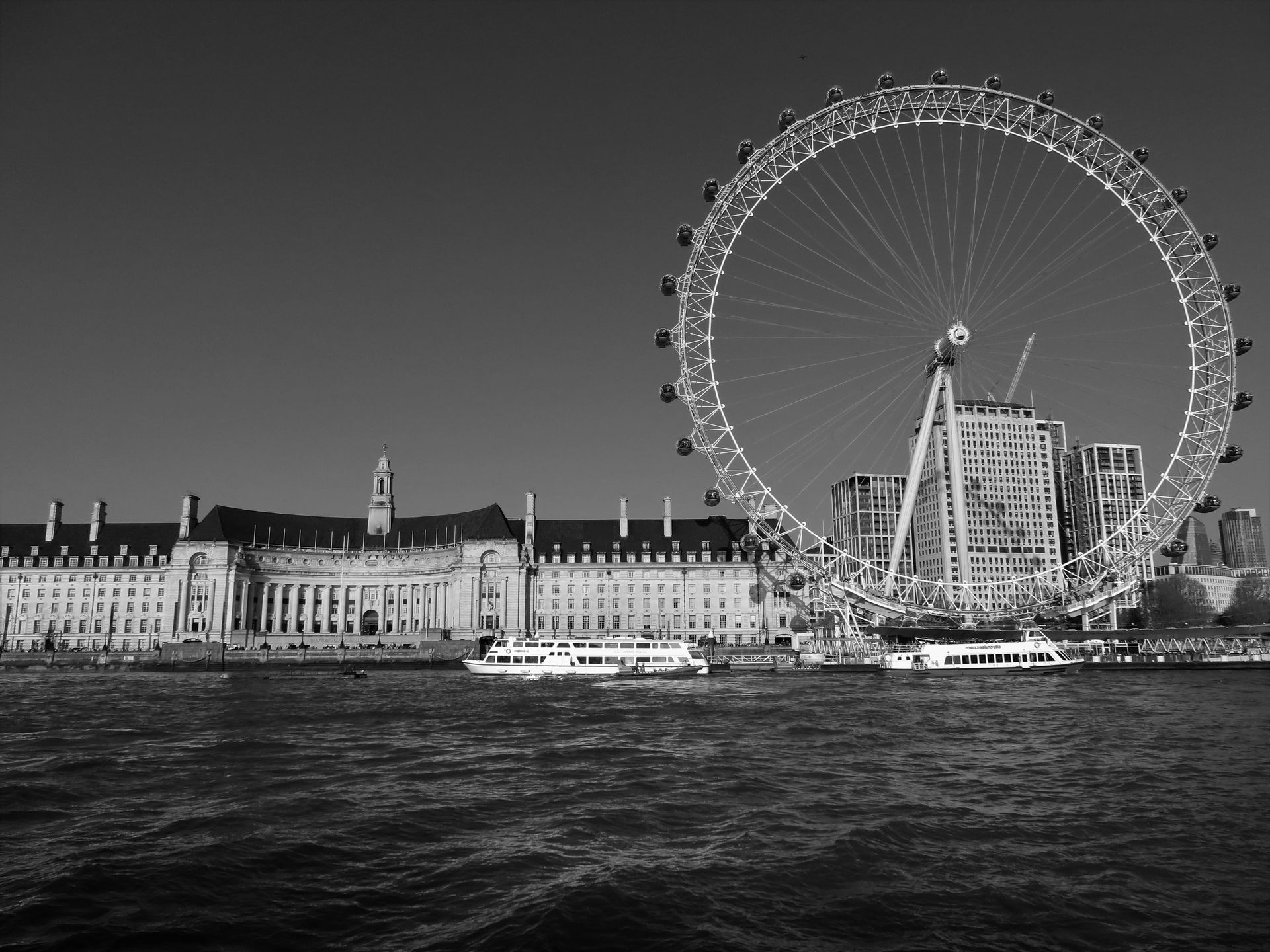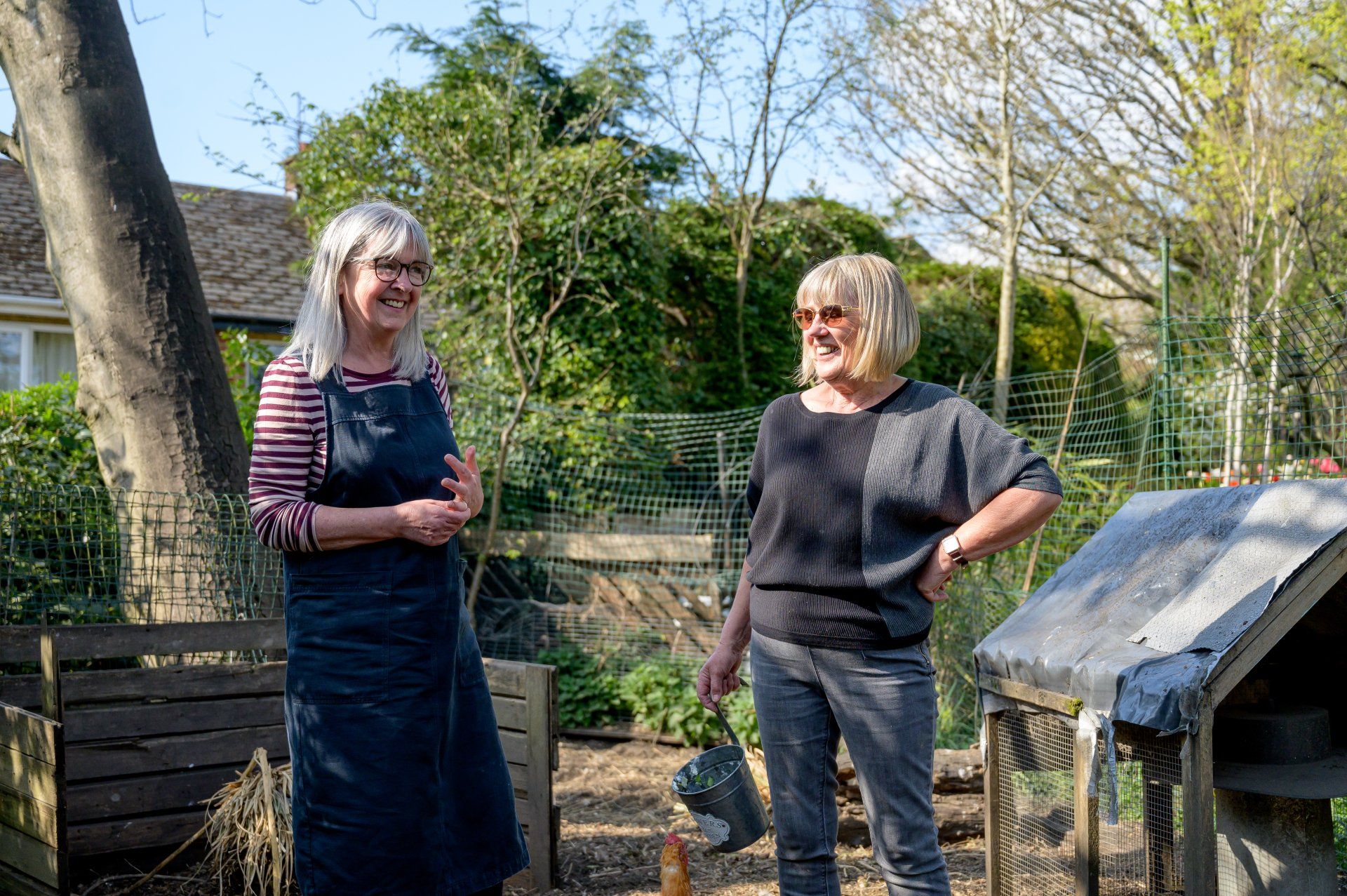Placemaking to deliver renewable energy
Powering Places: What the UK’s New Solar and Wind Strategies
Mean for Placeshaping

As the UK accelerates its journey toward becoming a
clean energy superpower, two major government announcements this month mark a turning point for how we plan, design, and deliver sustainable places. The launch of the
UK Solar Roadmap and the
Onshore Wind Strategy signals a bold shift in national energy policy, one that has profound implications for placemaking, regeneration, and local economies.
At Placemaking London, we see these changes not just as energy policy but as essential placeshaping opportunities.
Solar Energy: From Rooftops to Regeneration
The government’s new UK Solar Roadmap outlines a strategy to triple solar capacity by 2035, with a strong emphasis on rooftop solar for homes, schools, and commercial buildings. This includes:
- Solar canopies on car parks
- Commercial buildings solar, which can reduce energy costs by 40-80%, including a streamlined approach for solar on leased commercial buildings
- New funding and guidance to support local authorities and housing associations in deploying solar
- A push for solar-ready new builds, aligning with the Future Homes Standard
- Support for community energy schemes
- Speedier planning decisions, where solar infrastructure is considered to be of a Critical National Priority for the provision of nationally significant low carbon infrastructure
- Creation of 18,000 new jobs over the next five years
Onshore Wind: A New Era of Local Power
After nearly a decade of stagnation, the UK’s first Onshore Wind Strategy aims to unlock up to 10 GW of new capacity by 2030. Key measures include:
- Reintroducing onshore wind into the Nationally Significant Infrastructure Projects (NSIP) regime
- Streamlining planning processes and updating guidance for local authorities
- Encouraging community benefit schemes and local investment in wind infrastructure
- Creation of 45,000 new jobs
Implications for placemaking
Over the next 25 years, city and town landscapes will need to change significantly to support climate change mitigation and adaptation, economic growth, new homes, local food production, clean energy, health and wellbeing and nature recovery. To shift to renewable energy, we predict the changes in cities and towns will include:
- Designing for solar and wind power will become a core part of placeshaping and masterplanning, especially in mixed-use and residential developments
- Embedding energy infrastructure into the early stages of spatial planning, rather than as an afterthought, but as a design driver
- Mission-focused cross-sector collaboration between planners, developers, energy providers, businesses and communities
- Reframing energy as a public good—one that can power not just homes, but healthier, more equitable places
- Integrating solar, such as at car parks, with greening, to improve urban landscape aesthetics, support nature recovery and aid climate adaptation
- Community engagement will be key—solar cooperatives and local ownership models can build trust and resilience
- Landscape-sensitive design will be critical—integrating turbines into rural and fringe of cities and towns settings without compromising character
Our Role at Placemaking London
We’re already working with local authorities, Business Improvement Districts and property owners to integrate net-zero strategies, community energy models, and climate-responsive design into their projects. These new national policies give us the tools—and the mandate—to go further. We’re here to help shape places that are powered by purpose.








